At the end of the 1990s the French critic Nicolas Bourriaud coined the term “relational aesthetic” for a new art trend that put interpersonal encounter at its core.
When live rats are fed Italian cheese in order to subsequently be sold as artworks in limited edition (Maurizio Cattelan), when female artists give aerobics classes in the gallery space (Christine Hill) and collectors purchase the ingredients for a Thai curry (Rirkrit Tiravanija), then it becomes clear: The conceptualities by which art has been deciphered and analyzed thus far no longer apply. How can we describe the material, the form, the aesthetic of works that generally take place as fleeting encounters or temporary, interactive situations? This was the question addressed by the French curator and critic Nicolas Bourriaud in his essay collection “Relational Aesthetics” (1998/2002).
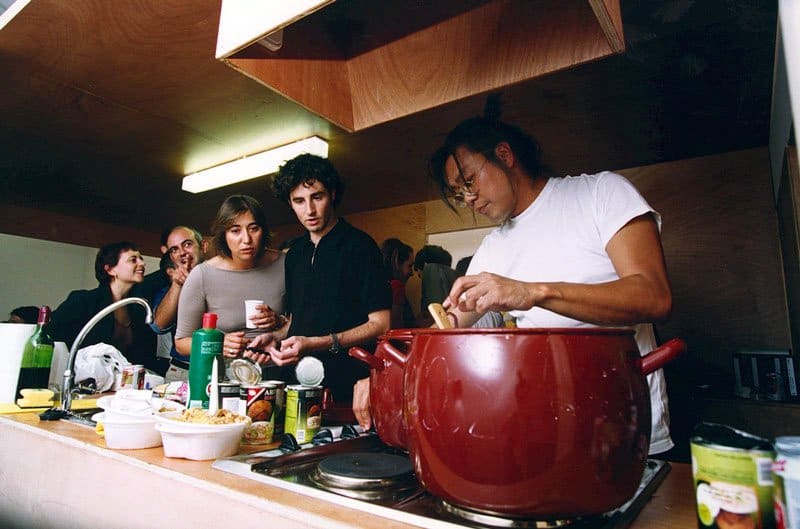
Rirkrit Tiravanija, Pad thai, Image via onarto.com
His theory: In the 1990s there was a surplus of communication and consumption and even the area of social interaction – relationships, conversations, encounters – is now barely experienced as such, but rather begins to blur into a spectacular representation of itself in the Debordian [Guy Debord, French author and filmmaker, d.1994] sense. In these days of constant, compulsive Instagram staging, this claim appears all the more comprehensible. Bourriaud talks about a “society of extras”.
Room for inter-human relations
He therefore refers to the “relational artworks” that develop in this time as “hands-on utopias” – because they no longer form imaginary, utopian, symbolic realities, but rather describe actual ways of life and actions that play out in reality and offer a social intermediate space whose (temporal) structure contrasts with the daily routine, marked as it is by productivity and purpose, and instead leaves space for interpersonal communication.

Alix Lambert, Marriage Project, exhibition view "Mind-bending with the Mundane," at ICA/MECA, Image via adrianeherman.com
“The artist dwells in the circumstances the present offers him, so as to turn the setting of his life (his links with the physical and conceptual world) into a lasting world.” Artists make reference to the conditions of the present that each of them lives. It’s about collaborations, conviviality, contacts and agreements – between artists and gallerists, between artists and collectors, between individuals unknown to each other, between museum visitors, passers-by and supermarket customers.
Artwork as apparatus
What needs to be fundamentally reconsidered here is the form, the material: Here Bourriaud borrows Louis Althusser’s [French philosopher, d.1990] concept of a “materialism of encounters”, which does not stem from a previous availability, but rather understands forms as the result of an arbitrary encounter of elements. Hence an artwork can be perceived as an apparatus which, with a certain degree of arbitrariness, brings about those encounters.

On KAwara, I Met, Image via guggenheim.org
On Kawara’s series “I met” consists of notebooks in which he wrote the name of the people he had conversed with every day in chronological order between 1968 and 1979. The twelve books comprise a total of 4,790 pages. Dominique Gonzalez-Foerster materialized the childhood memories of her gallerist Esther Schipper in the installation “The Daughter of a Taoist” (1992). In the same year Alix Lambert created the project “Wedding Piece”, spanning a period of six months in which she had four weddings and got divorced again just as quickly. Philippe Parreno invited people, on May 1, Labor Day, to carry out their favorite hobbies – albeit on a factory production line. Art as a constant state of encounter.
Creating worlds
“Peace appears not as an object, but rather as a process of interaction and communication”, it states in the announcement of the PEACE exhibition. Participating artists such as Lee Mingwei, Surasi Kusolwong and Isabel Lewis incorporate the exhibition visitors into their works, making them an essential component. In the tradition of the relational aesthetic, time and again they evoke a clash of different things, individuals and moods. And if these encounters last, then perhaps they will even create worlds. After all, as Bourriaud says: “In order to create a world, this encounter must be a lasting one.”
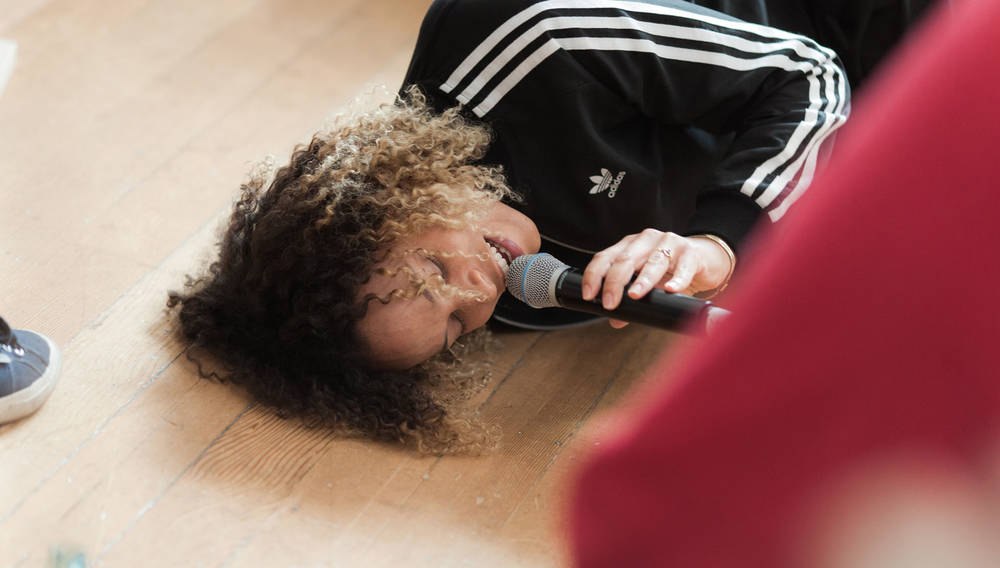
INTERVIEW. ISABEL LEWIS

5 questions for Mary Messhausen and proddy produzentin
With the performance "Thonk piece: Hungry for Stains", drag queens Mary Messhausen and proddy produzentin will open the exhibition COSIMA VON BONIN....

HIP HOP IS BLACK CULTURE – NOT THE OTHER WAY AROUND
Hip hop’s 50th birthday is an occasion for us to listen to some old records and mixed tapes and to look back at the most important hip hop films of...

Now at the SCHIRN:COSIMA VON BONIN
The SCHIRN is showing a unique presentation of new and well-known works by COSIMA VON BONIN until June 9.

You Get the Picture: On Movement and Substitution in the Work of Lena Henke
The artist LENA HENKE already exhibited in the SCHIRN Rotunda in 2017. What are the secrets of her practice and where can you find her art today?

SHALLOW LAKES – plumbing the depths
In the SCHIRN’s rotunda, MELIKE KARA is presenting a series of sculptures that are reminiscent of bodies of water or small lakes. So, what’s this...

When subculture becomes mainstream – a balancing act
Regardless of whether it is hip hop, techno, or the queer scene: It is not unusual for the aesthetics of countercultures and subcultures to morph into...

Now at the SCHIRN: THE CULTURE: HIP HOP AND CONTEMPORARY ART IN THE 21ST CENTURY
Coinciding with the 50th anniversary of the birth of hip hop, the SCHIRN dedicates a major interdisciplinary exhibition to hip hop’s profound...

Julia Feininger – Artist, Caricaturist, and Manager
Art historians can tell us a lot about LYONEL FEININGER, but who was Julia Feininger and what legacy did she bequeath to the world of art?

Lyonel Feininger and the Harvard Art Museums. Part 2
The Harvard Art Museums host the largest Lyonel Feininger collection in the world. The directors Lynette Roth and Laura Muir chat about Feininger’s...
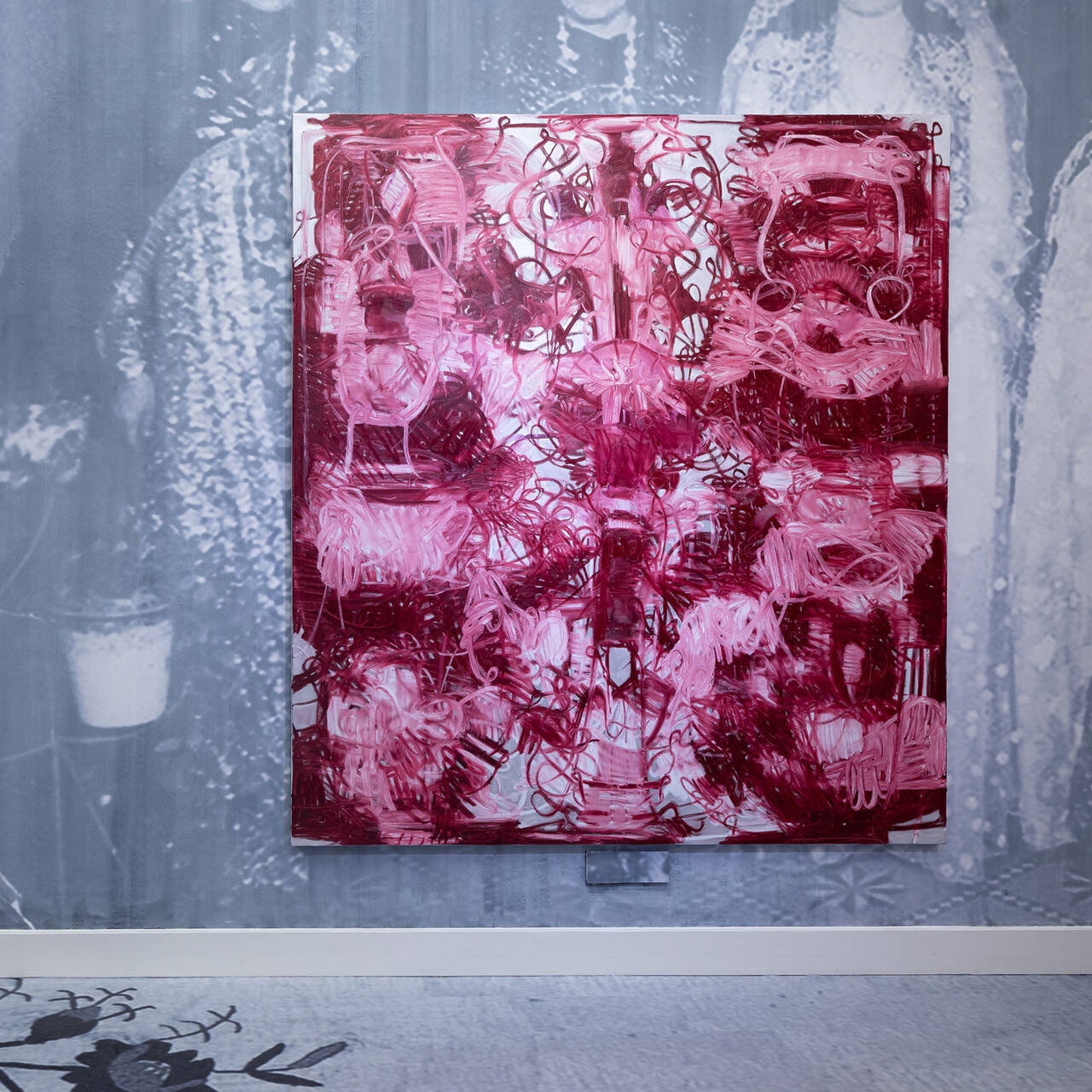
Five good reasons to view Melike Kara in the SCHIRN
From February 15, the SCHIRN presents a new site-specific installation by Melike Kara in its public rotunda. Here are five good reasons why it's worth...
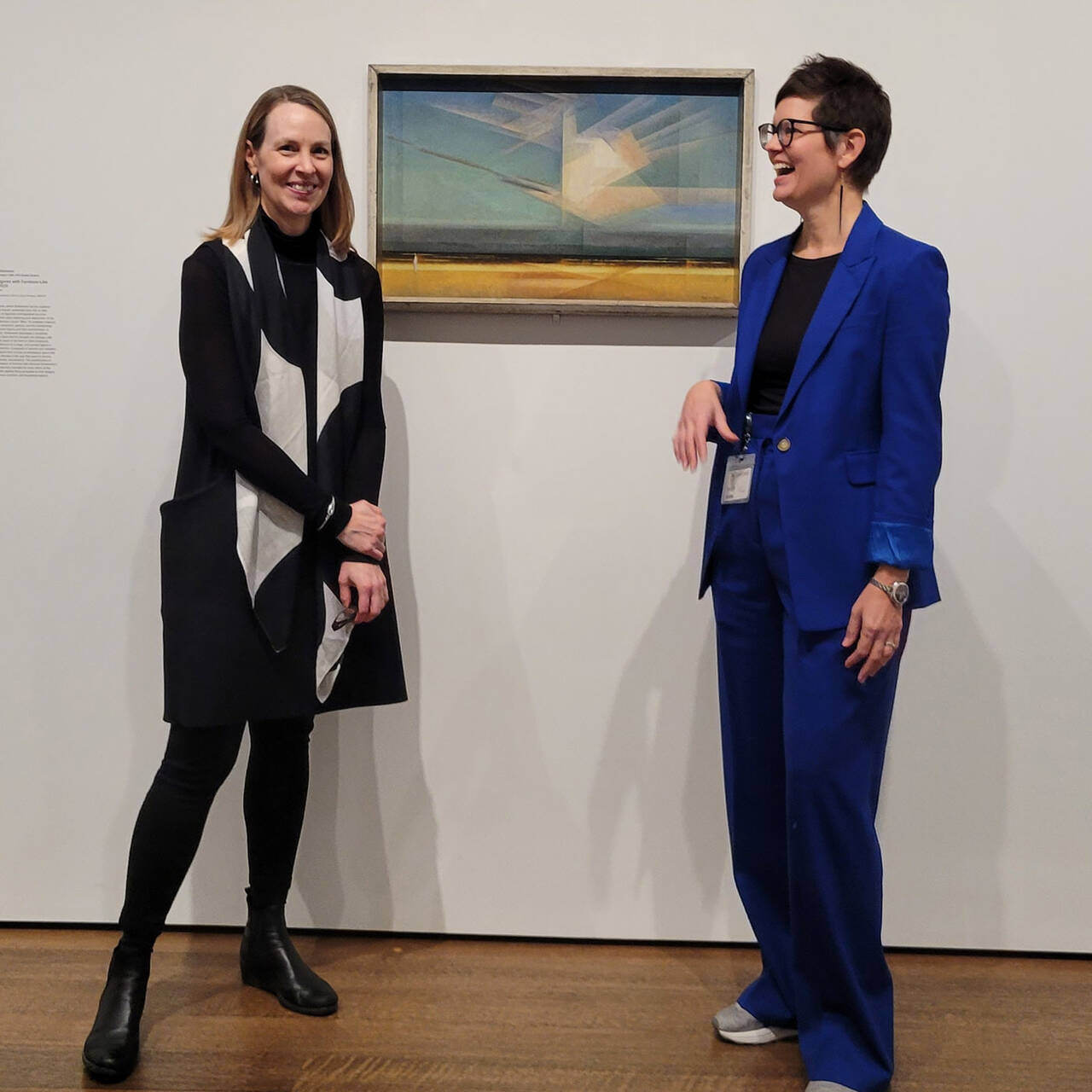
Lyonel Feininger and the Harvard Art Museums. Part 1
The Harvard Art Museums host the largest Lyonel Feininger collection in the world. How did that happen and how was the relationship between the artist...
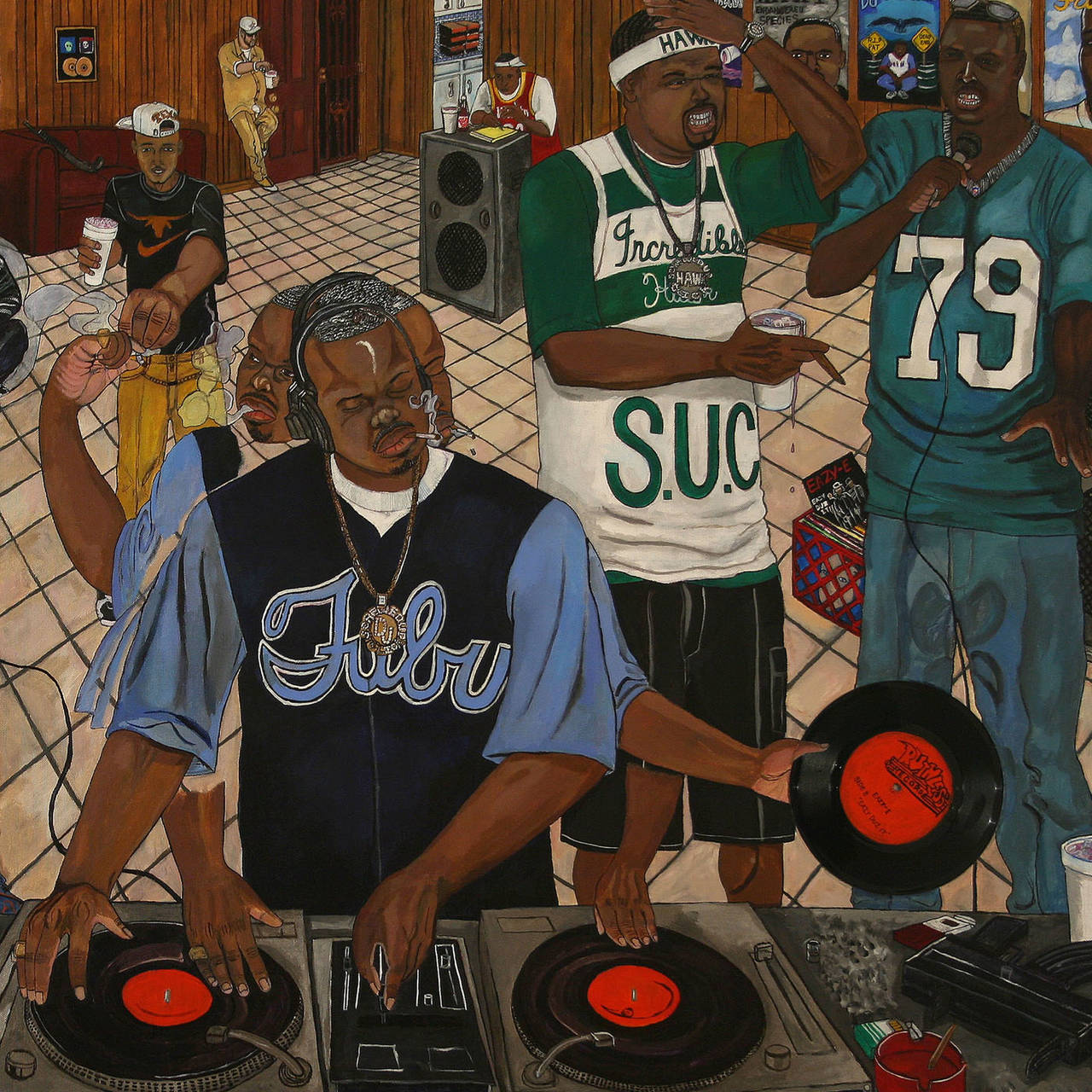
2024 AT THE SCHIRN
This is 2024 at the SCHIRN! From hip-hop and art in the 21st century, to Selma Selman, the self-proclaimed "most dangerous artist in the world", to...